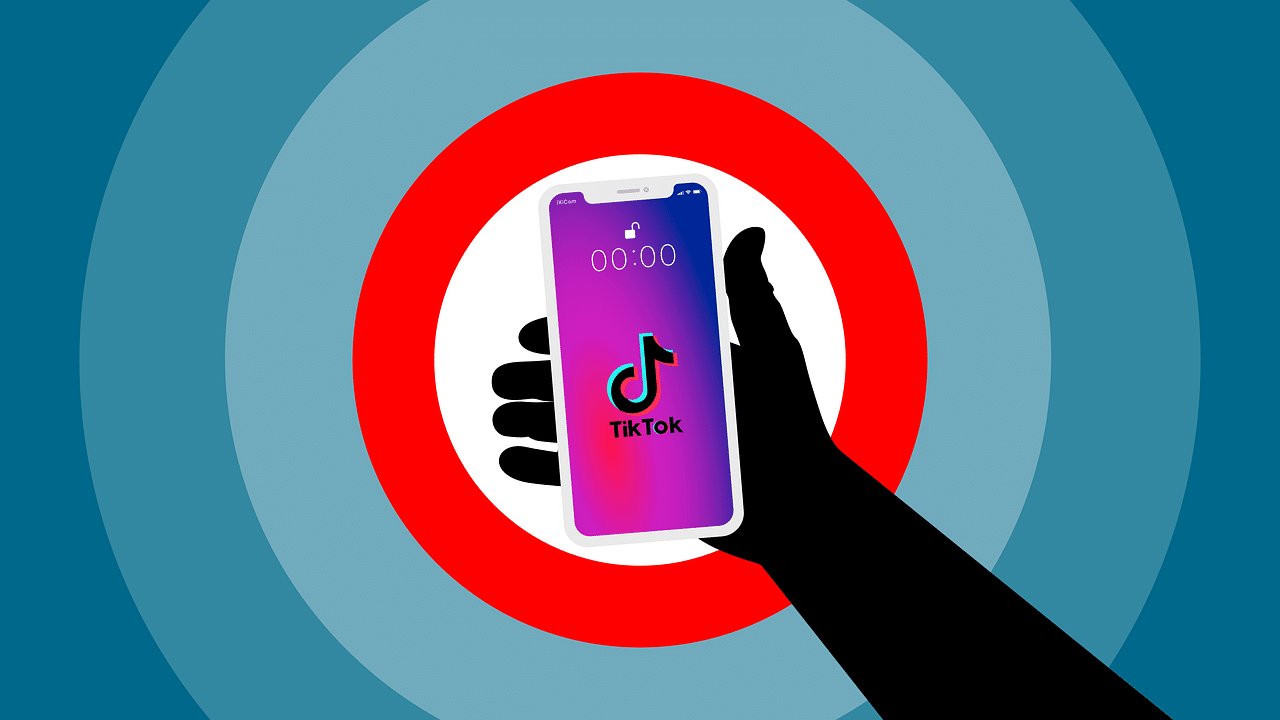If you’re serious about growing your brand online in 2025, video isn’t optional anymore—it’s the main stage. YouTube has been the world’s second-largest search engine for years, Instagram reels are rewriting how people discover content, and TikTok has quietly become a search tool for Gen Z and millennials. The problem? Posting a video isn’t enough. Without the right optimization, your content will get buried under endless scrolls.
This guide breaks down video SEO tips that work across YouTube, Instagram, and TikTok, so you can maximize reach, engagement, and conversions.
Why Video SEO Matters More Than Ever
Search and social are merging fast. People don’t just “Google it” anymore—they head to TikTok for product reviews, YouTube for tutorials, or Instagram for trends. That means your video strategy has to go beyond posting and praying.
Optimizing your videos helps you:
- Rank higher in search results on YouTube and TikTok
- Get featured on Instagram’s Explore page
- Improve watch time and retention (biggest ranking signals)
- Turn casual viewers into subscribers, followers, and paying customers
Think of video SEO as the difference between being invisible and becoming the brand people can’t stop watching.
YouTube SEO: Ranking in the Second Largest Search Engine
YouTube is still the backbone of video search, and unlike TikTok or Instagram, your content can live for years if it’s optimized right. Here’s what matters:
1. Keyword Research
Use tools like TubeBuddy, VidIQ, or simply YouTube autocomplete to find what people are searching. Focus on long-tail keywords like “how to optimize TikTok videos for SEO” instead of broad ones like “TikTok.”
2. Titles & Descriptions
Front-load keywords in your title and write natural, detailed descriptions. Don’t just repeat keywords—explain the value of the video.
3. Tags & Playlists
Tags help categorize your video. Add them strategically but don’t stuff. Playlists also help YouTube understand context and keep viewers watching longer.
4. Subtitles & Transcripts
Closed captions (SRT files) are an SEO goldmine. They let YouTube crawl your spoken content, helping you rank for more terms.
5. Engagement Metrics
Watch time, click-through rate, likes, and comments are ranking signals. Encourage viewers to stay until the end with hooks, storytelling, and CTAs.
Instagram SEO: Cracking the Reels Algorithm
Instagram is no longer just about pretty pictures. Reels dominate visibility, and ranking well comes down to three factors: discoverability, engagement, and shareability.
1. Keyword-Optimized Captions
Instagram now reads captions for SEO. Include keywords naturally instead of dumping hashtags only. For example, “3 Instagram Reels SEO tips you need in 2025”.
2. Alt Text for Videos
Few brands use it, but Instagram lets you write alt text. Add short keyword-rich descriptions—it boosts accessibility and discoverability.
3. Hashtags with Purpose
Don’t spam. Mix broad, niche, and branded hashtags. Example: #VideoSEO #YouTubeRanking #SocialMediaGrowth.
4. Save & Share Triggers
Shares and saves matter more than likes. Create value-packed, short videos viewers want to save for later.
5. Location Tags
If you’re targeting local markets, location tagging helps your videos rank in geo-specific results.
TikTok SEO: From Entertainment to Search Engine
TikTok isn’t just memes and dance challenges anymore—it’s a full-fledged search engine. The key is aligning with how people search here.
1. Use Long-Tail Keywords in Speech
TikTok’s algorithm actually reads on-screen speech. If your video is about “TikTok SEO tips,” say it out loud in the first few seconds.
2. Optimize Captions & Hashtags
Include target keywords in captions but keep it natural. Pair with trending hashtags that match your content’s niche.
3. Trending Sounds & Effects
TikTok boosts content using trending sounds. Always check the “Trending” tab before publishing.
4. Hook Viewers in 3 Seconds
The average TikTok user scrolls fast. Use curiosity-driven openers like “Here’s why your TikToks never get views…” to keep people from swiping away.
5. Consistency Wins
Posting daily or multiple times a week is better than dropping random videos. The algorithm rewards consistent creators.
Cross-Platform Video SEO Hacks
While each platform has quirks, some optimization tactics apply everywhere:
- Hook early: Grab attention in the first 3–5 seconds.
- Vertical format: 9:16 is standard for TikTok, Reels, and even YouTube Shorts.
- Keyword alignment: Adjust titles, captions, and descriptions per platform but keep keywords consistent.
- Analytics tracking: Use YouTube Studio, Instagram Insights, and TikTok Analytics to refine strategy.
- Repurposing content: Shoot once, edit for each platform. Add native text overlays and adjust video length per channel.
Advanced Video SEO Tips for 2025
If you want to go beyond basics, these strategies will set you apart:
- Video Schema Markup: Add structured data to your website so Google can index and display video snippets.
- Multi-Language Subtitles: Translate captions for global reach.
- On-Site Hosting + YouTube Embeds: Host videos on your site for SEO authority while embedding YouTube for traffic.
- Series & Clusters: Create themed playlists or series to keep viewers hooked and signal authority in a topic.
- Thumbnails that Sell: Use bold text, faces, and contrast. CTR can make or break ranking.
Video SEO is no longer a “nice-to-have”—it’s the backbone of digital visibility. Whether you’re trying to boost YouTube rankings, get discovered on Instagram Reels, or ride the TikTok SEO wave, optimization is the secret weapon.
At Star Digital Marketing, we help brands go beyond posting random clips. We build strategies that drive visibility, engagement, and ROI through smart video SEO. If you’re ready to get more views and turn them into loyal customers, let’s talk.
👉 Contact Star Digital Marketing today for a custom video marketing audit.




